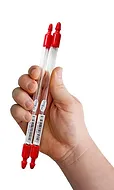Biogas and RNG sampling is complex, with many common errors leading to concerns about the reliability of analyte concentrations reported. To help alleviate some of these concerns and address common areas of confusion, Ohio Lumex is publishing a series of blog posts focusing on best practices for biogas and RNG sampling. This third edition will focus on one of the most misunderstood and error prone subjects: Siloxane sampling and analysis.
Siloxanes are a major concern for natural gas pipeline operators, as even trace amounts can impact pipeline integrity and operation of residential and commercial equipment. While traditionally the concern was costly maintenance of engines, turbines, and boilers, the growth of Renewable Natural Gas (RNG) interconnections with the natural gas pipeline grid has brought increased attention to this issue. In the past year alone, siloxane contamination of several pipelines led to the shutdown of residential heating systems as their flame sensors became coated with Silicon Dioxide (SiO2).
Siloxanes are silicon-based compounds, with nine species typically present in biogas and RNG, TMSOL, L2, L3, L4, L5, D3, D4, D5, and D6. The number next to the compound abbreviation represents the number of silicon (Si) atoms present in the molecule, and it is the silicon that is of concern as it converts to SiO2 in the presence of a combustion source. Therefore, what is important is the concentration of Si, not siloxanes, which is why siloxane limits are typically represented in mg Si/m3.
The most common issues with sampling and analyzing siloxanes fall into four categories:
- Sample Stability
- Sample Contamination
- Sensitivity
- Sample Shipment
Sample Stability is critical as siloxanes are not stable compounds. This is why the industry has been moving away from Tedlar bags and towards sorbent traps. ASTM D8230 recommends the Tedlar bags be analyzed within 72 hours after sampling, and some bag manufacturers even recommend samples be analyzed within 48 hours. Sorbent traps are stable for long periods of time.

Sample Contamination is one of the biggest areas of concern as siloxanes are everywhere in the modern world. Ohio Lumex conducted a study at a landfill, filling Tedlar bags supplied by the operator with nitrogen, labeling it as one of their biogas samples, and sending it to a third-party lab for analysis. The results, which are still used by the industry today, showed significant siloxane contamination due to the silicone-based lubricant used in the bag valves. We have also seen other laboratories recommending the use of silicone tubing for siloxane sampling, and we see issues with lubricants, grease, and oils used by the industry for valves, compressors, etc.; all of which can contribute to siloxane contamination.
Sensitivity is another reason for the move away from Tedlar bags. With the most commonly used size only being one liter, and with one 1 ml typically injected for analysis, the Limit of Quantification (LOQ) is restricted. With sorbent traps collecting the equivalent of at least 15 liters of gas and measuring the total mass of each species, sensitivity is improved by orders of magnitude, allowing very accurate measurements at low concentrations.
Sample Shipment is becoming more important today than ever. Tedlar bags and other containers filled with a flammable gas are hazardous and require compliance with HAZMAT rules and regulations. This has always been cumbersome, costly, and subject to delays. Recently, the lack of personnel and training at FedEx locations has only made this situation only worse.

At Ohio Lumex, we are well known throughout the industry as the leader in siloxane sampling, analysis, and continuous monitoring. We design and produce our own Siloxane Sorbent Traps and sampling equipment, have state-of-the-art laboratory instruments to conduct analysis, and the most sensitive Continuous Siloxane Monitor with an ASTM Standard (D8455), helping to ensure our customers have the most accurate results to report for their RNG compliance, and partnering with them to address issues in their process.
This is the third in a series of posts in which we discuss best practices for biogas and RNG sampling. To learn more about Ohio Lumex Biogas/RNG Analysis Services, please visit our website. Want to re-read a previous article in this series? Please visit the links below.

